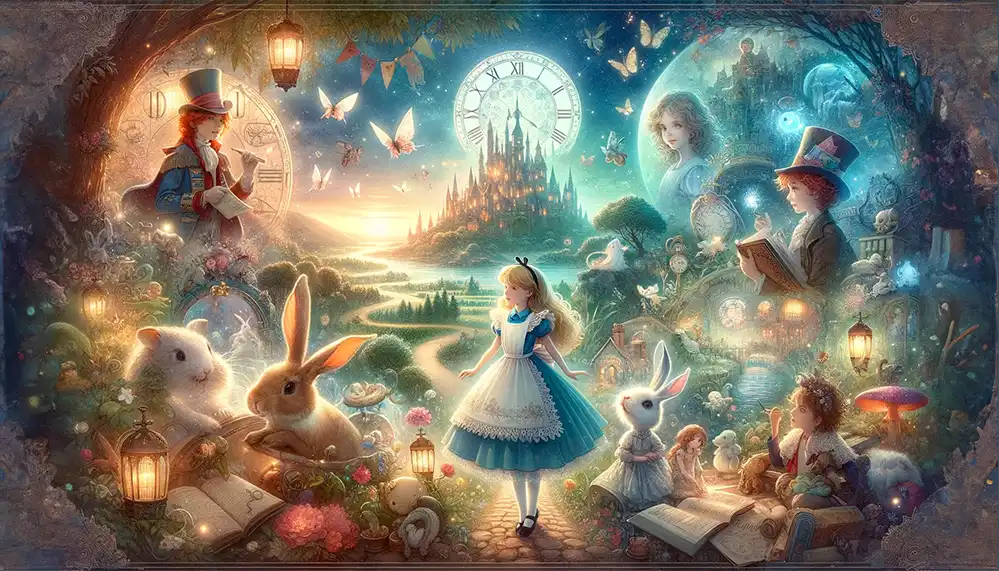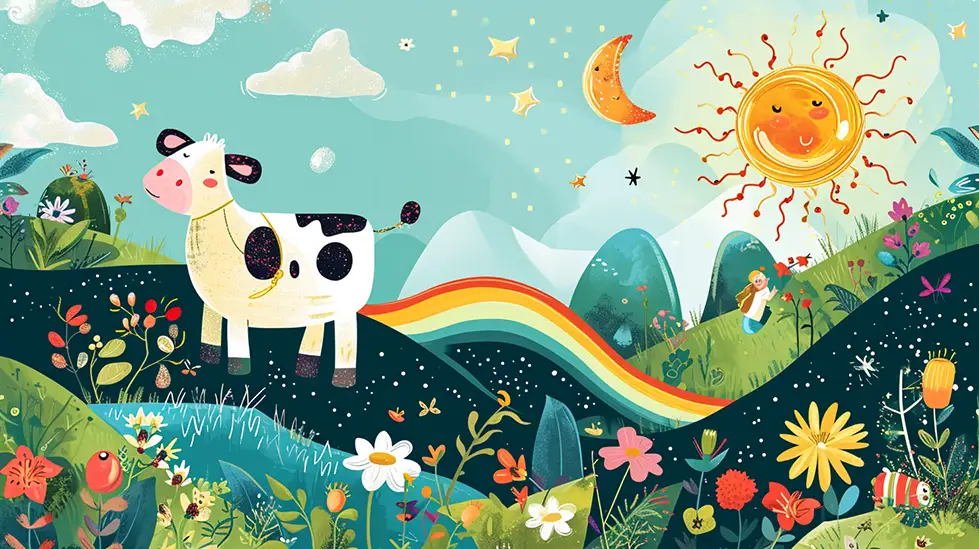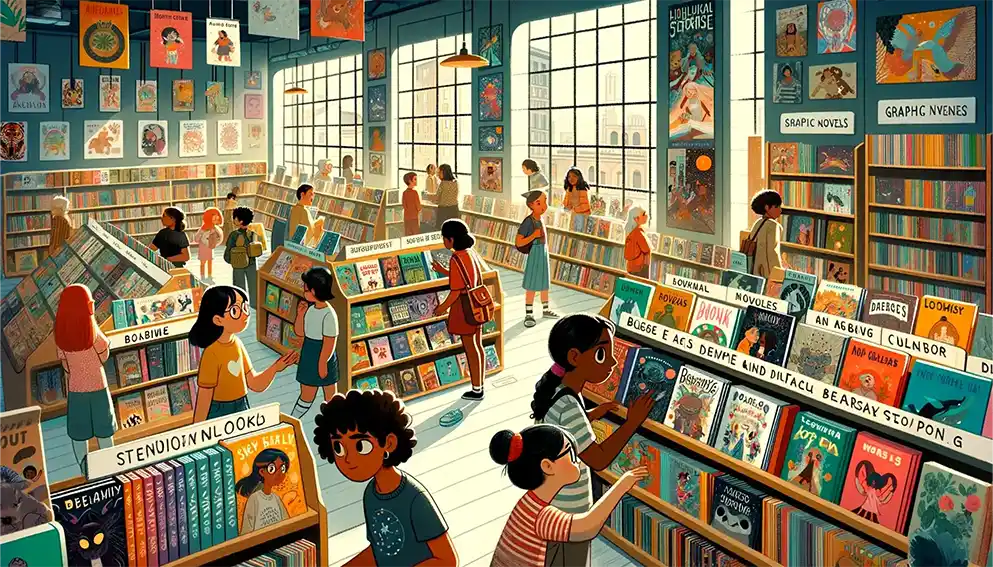Introduction to Classic Children’s Literature
We often find ourselves reminiscing about the magical tales that enchanted our childhood—stories that transported us to extraordinary realms and epochs beyond our imagination. Classic children’s literature represents a treasury of narratives that have passed the test of time, captivating our hearts and inspiring our minds. These stories are characterized by their timelessness, with the capacity to resonate with generations of readers young and old, bridging the gap between the past and present.
Key Takeaways:
- Classic children’s literature comprises stories that have enchanted readers for many generations.
- These narratives are timeless, bearing life lessons and values that remain significant today.
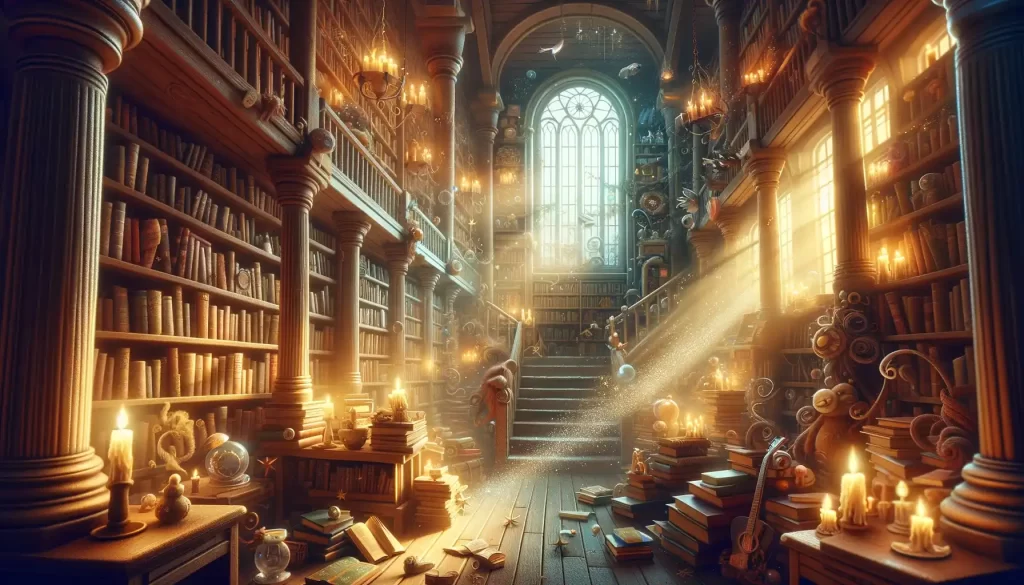
Defining Classic Children’s Literature
When we consider what qualifies a book as a “classic,” we think of works that have lodged themselves in the collective consciousness, influencing countless other stories that followed. Classics in children’s literature are marked by their enduring themes, such as the struggle between good and evil, the importance of courage and kindness, and the joys and challenges of growing up. They are the stories that have been read and reread, transcending cultural boundaries and language barriers.
Common themes across these classics often revolve around adventure, morality, and personal growth. Characters in these stories frequently embark on journeys that mirror the reader’s own journey towards adulthood, with all its accompanying milestones and moral quandaries. By facing challenges, making choices, and overcoming adversity, the protagonists of these tales offer valuable inspiration and guidance to their readers.
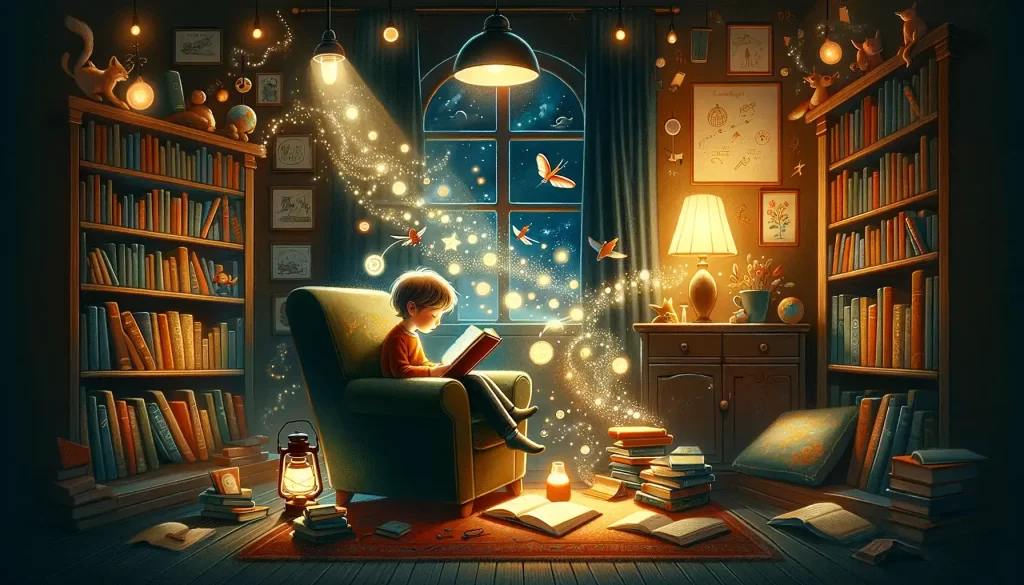
Benefits of Reading Classic Children’s Literature
Diving into classic children’s literature presents a myriad of benefits. Educationally, these books offer rich language, diverse vocabulary, and a variety of literary techniques that support language development and literacy skills. From a young age, readers are introduced to complex narrative structures and character arcs, enhancing their comprehension and analytical abilities.
But beyond their academic value, classic tales support emotional and social development. They allow young readers to experience different emotions through the lives of characters, fostering empathy and emotional intelligence. They grapple with themes of friendship, loyalty, and perseverance, which are crucial for personal growth. Furthermore, they inspire conversations between parents and children about the deeper meanings and messages found within their pages.
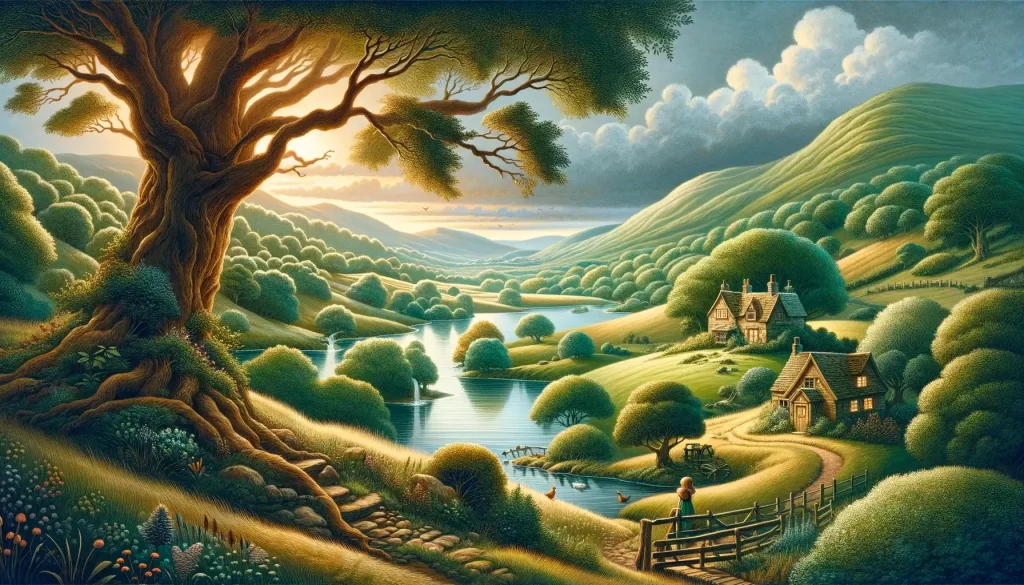
Notable Authors and Works
The canon of children’s literature is filled by authors whose names have become synonymous with the genre itself. Mark Twain, with his indelible characters like Tom Sawyer and Huckleberry Finn, illustrated the adventures and misadventures of youth. Beatrix Potter brought to life the charming tales of Peter Rabbit and his friends, while J.M. Barrie introduced the world to the ever-youthful Peter Pan.
Iconic works such as Alice’s Adventures in Wonderland, The Chronicles of Narnia, and The Secret Garden continue to be beloved by readers, their storylines and characters frequently explored in classrooms and bedtime readings. Each book offers a unique world for readers to get lost in, with different lessons to be learned from Alice’s logical absurdities or Lucy Pevensie’s bravery in Narnia.
“For in every adult there dwells the child that was, and in every child there lies the adult that will be.” — John Connolly
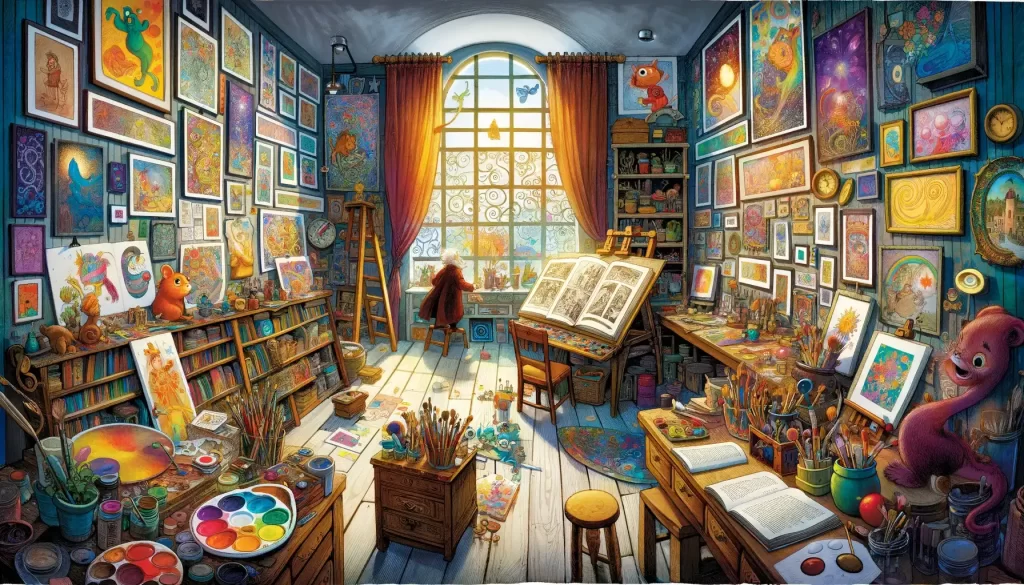
Illustrations in Classic Children’s Books
Illustrations play a pivotal role in bringing classic children’s books to life, combining art and narrative to deepen the reader. The illustrations are more than simple decorations; they serve as a visual storytelling device that can amplify emotions, define characters, and build worlds. Famous illustrators like Arthur Rackham and Maurice Sendak have shaped the visual memory of generations with their distinctive styles, leaving a lasting impact on how we visualize these timeless tales.
The interplay between text and image in books such as Where the Wild Things Are or creates a multilayered experience that captivates children’s attention. It encourages younger readers, especially those not yet fluently literate, to engage with the story and develop an appreciation for art alongside their reading skills.
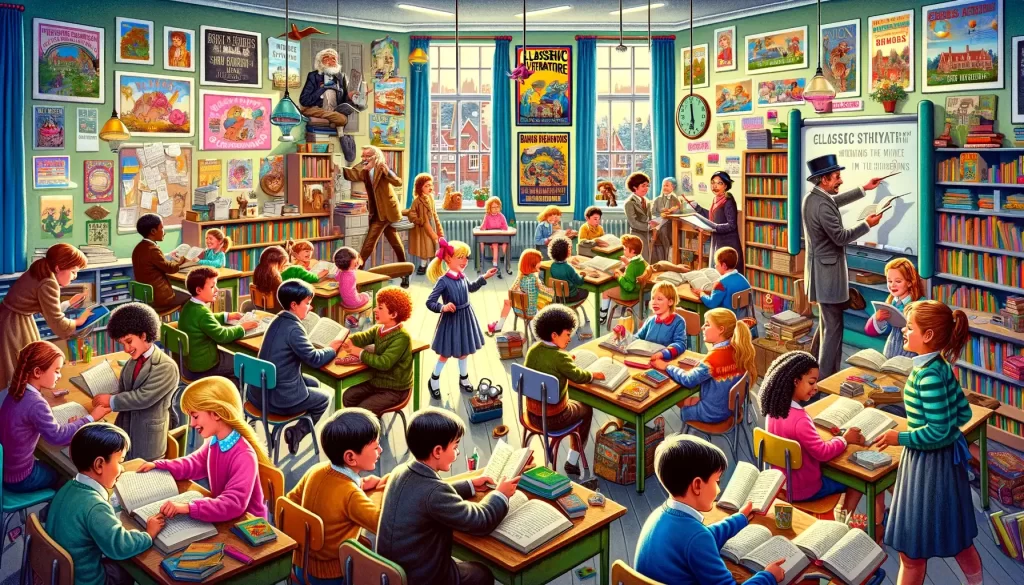
Moments Captured in Illustrations:
- Rackham’s ethereal watercolors breathing life into Peter Pan.
- Sendak’s wild rumpus in Where the Wild Things Are.
- Tenniel’s iconic illustrations in Alice’s Adventures in Wonderland.
- Shepard’s warm and engaging drawings in Winnie the Pooh.
Classic Children’s Literature in Education
Classic tales are a staple in school curricula, offering students lessons in literature, history, and personal development. As educational tools, these books teach us about:
- Historical and cultural contexts.
- Character development and narrative structures.
- Moral and ethical discussions.
Integrating these stories into education is a testament to their lasting value. Explore how classics help mold young minds in our educational guide on Emotional and Social Learning Books.
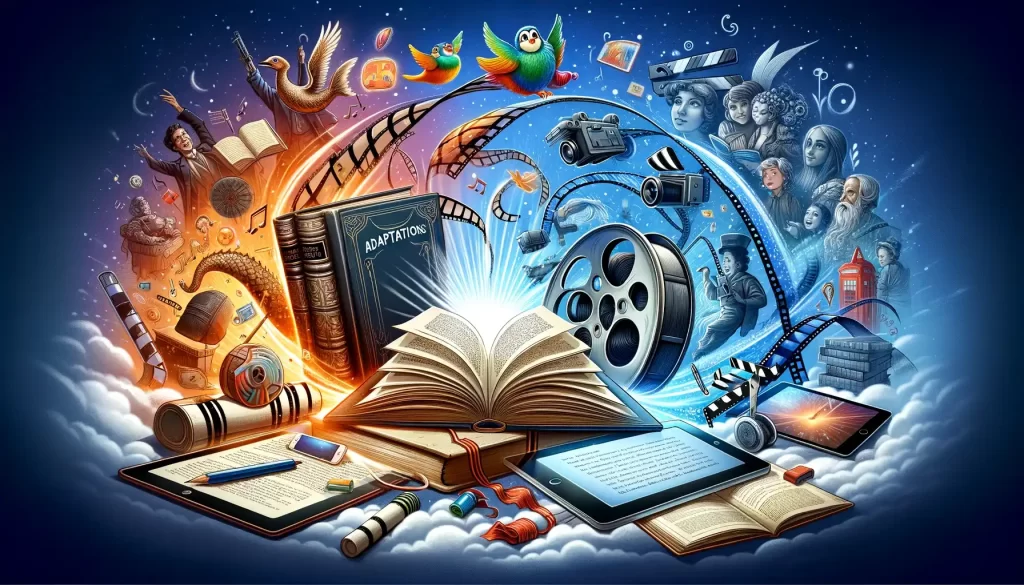
Adaptations and Their Impact
From timeless pages to the big screen, adaptations play a pivotal role in the evolution of classic children’s literature. They can rekindle interest in the original narrative and introduce classics to new audiences.
- Adaptations offer a modern take on classic stories.
- They increase visibility and accessibility to timeless narratives.
To understand the phenomenon of taking a book from its original form to different media, consider our exploration of Graphic Novels for Young Readers that offer a visual take on classic stories.
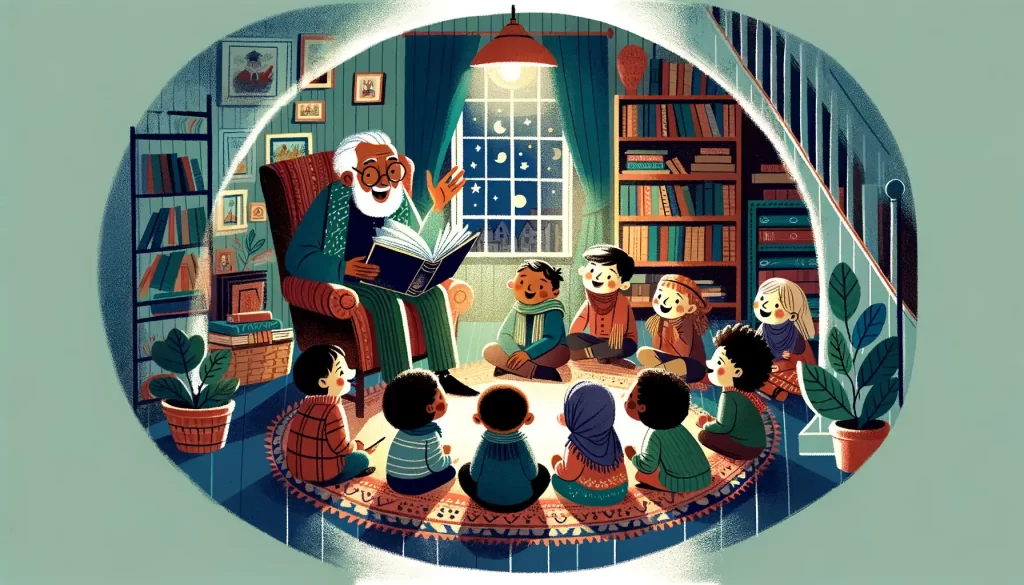
Preserving and Sharing the Legacy
Sharing the wealth of classic children’s literature with new generations ensures that these timeless tales do not fade into oblivion.
- Libraries and collectors help preserve the physical artifacts.
- Storytelling traditions and educational programs keep the narratives current.
We can all take part in this preservation by exploring diverse and representative stories. For more on inclusivity in literature, take a look at Diverse and Inclusive Children’s Books.

Contemporary Takes on Classic Themes
Modern authors often pay homage to the old classics, infusing familiar narratives with new life and context.
- New authors draw from the well of classic story elements.
- Time-honored themes find new relevance in contemporary stories.
One particularly rich genre to explore is science fiction, where timeless themes meet futuristic settings. Discover some examples in our curated selection of Children’s Sci-Fi Books.
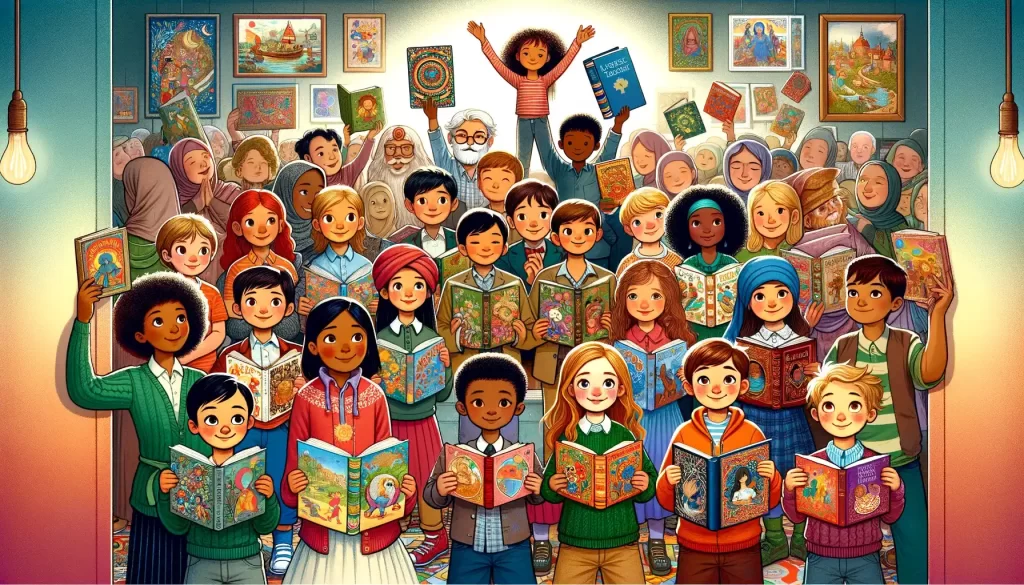
Diversity and Inclusion in Classic Children’s Literature
Reflection and critical examination of the representations in classic children’s literature have brought about an awareness and push for inclusivity.
- Past classics have been critiqued for lack of diversity.
- Modern efforts are ensuring that all children see themselves in the stories they read.
To understand more about the changes being made in the world of kid’s literature, check out Diverse and Inclusive Children’s Books.
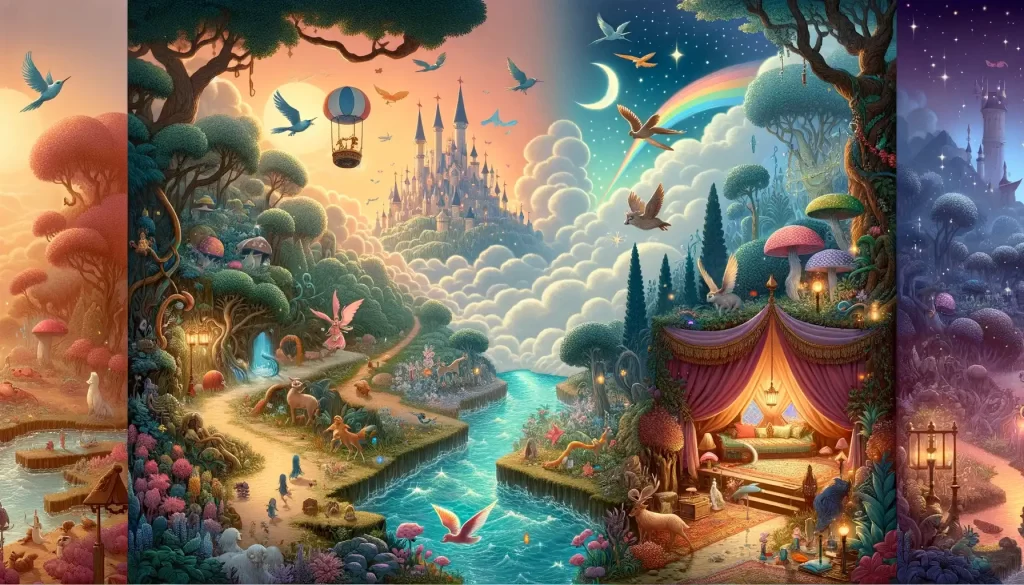
The Role of Fantasy and Magic
Fantasy and magic provide an escape that ignites the imagination and inspires creativity. These elements are inherent in many classic children’s books and offer:
- A sense of wonder and discovery.
- An escape from reality that inspires creative thought.
The allure of fantasy can be appreciated in numerous classics, and for a closer look at these magical worlds, visit our portal dedicated to Children’s Fantasy Adventure Books.
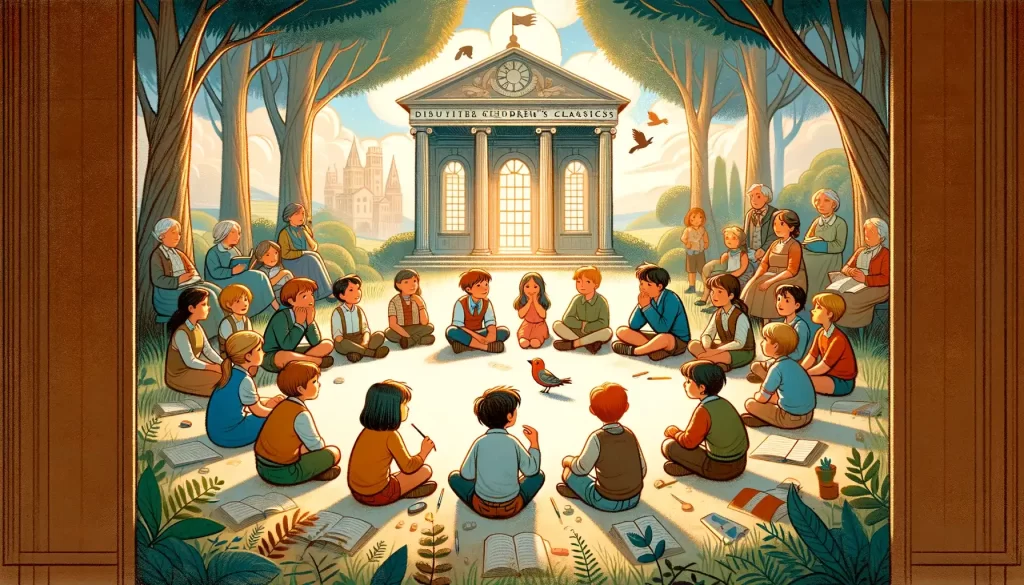
Moral Lessons in Children’s Classics
The string of morality and ethics woven through classic children’s literature offers valuable life lessons.
- Classics teach about virtue, integrity, and the consequences of choices.
- Morality in these narratives acts as a mirror for societal values.
The discussion around these profound life lessons endures and is essential for the development of young minds. Engage with more poetic expressions of these themes by exploring Children’s Poetry and Nursery Rhymes.
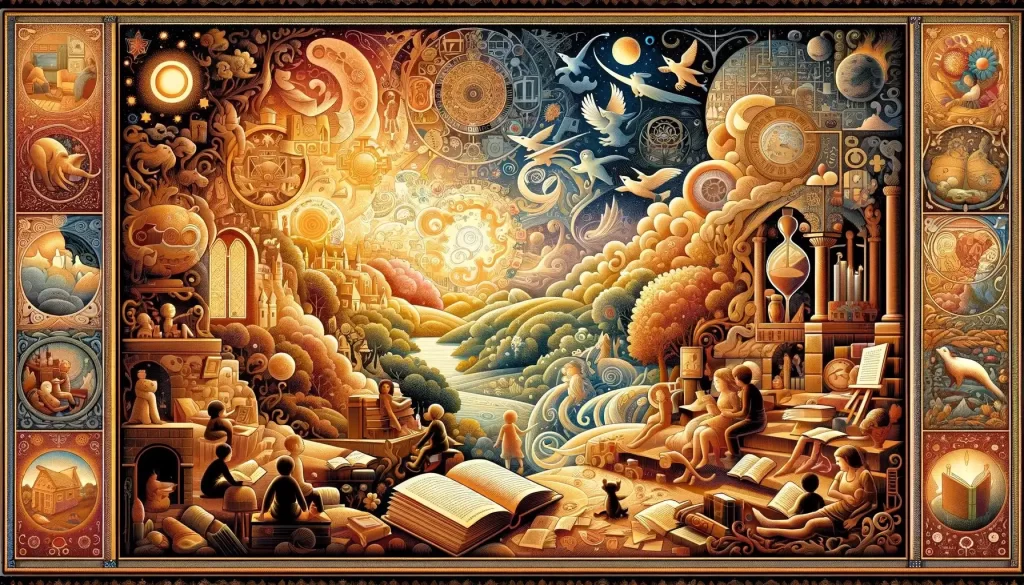
The Future of Classic Children’s Literature
As we look to the future, the timeless appeal of classic childhood narratives remains strong, bolstered by digital mediums and evolving storytelling techniques.
- Digital formats increase accessibility and reach.
- Innovation ensures classics remain relevant and engaging.
Looking forward, the trajectory of classic children’s literature requires balancing respect for the originals with embracing modernity. Get a glimpse of the options for interactive engagement by examining Interactive Children’s Books.
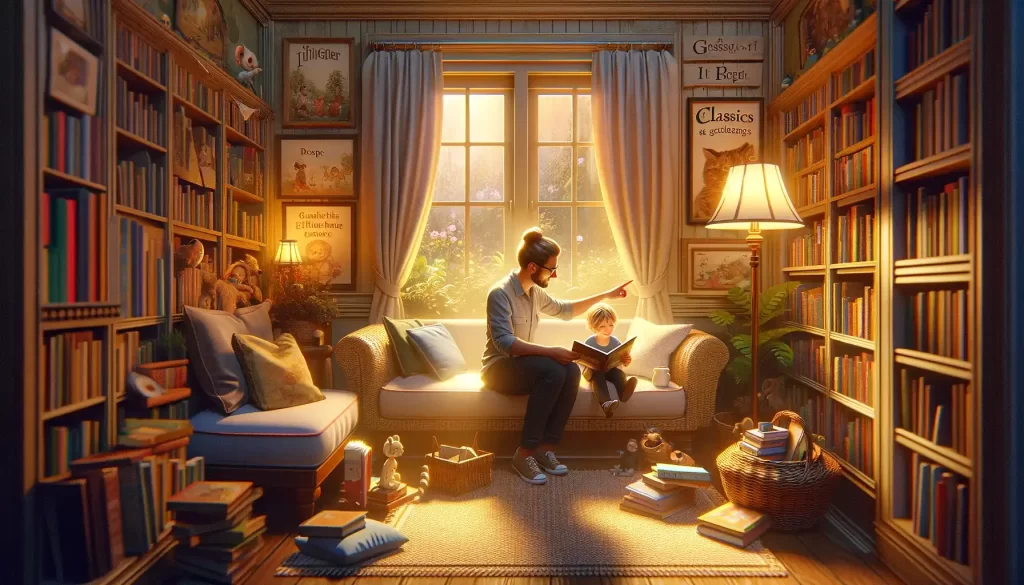
Guiding Children Through Classics
Guiding young readers through these timeless tales can spark a lifelong love for literature and storytelling.
- Appropriate reading material can be tailored to the development stages of children.
- Engaging storytelling techniques can make the classics more relatable and enjoyable.
The act of introducing the next generation to these stories is a delicate and thoughtful process, which can be aided by tools such as Emotional Social Learning Books.
Conclusion
In conclusion, classic children’s literature serves as a bridge across time, uniting us with stories that have the enduring power to enthuse and enlight. These narratives emphasize the timelessness of imagination and the importance of virtues, while also functioning as cultural touchstones that reflect the growth of society’s values over time. The enduring charm of classic children’s tales is more than just nostalgia—it is a testament to the ability of these stories to continue to spark imaginations, foster growth, and connect us through shared experiences.

Ravjar Said is an engineer passionate about social impact. In his spare time, he runs Snowball AI – a YouTube channel exploring the intersections of artificial intelligence, education and creativity. Through innovative projects, he hopes to make AI more accessible and beneficial for all. Ravjar loves helping bring people and technology together for good.
